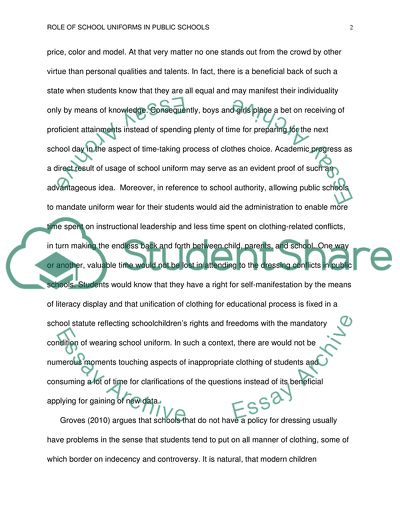Cite this document
(“Role of School Uniforms in Public Schools Research Paper - 4”, n.d.)
Retrieved from https://studentshare.org/education/1698776-writers-choice
Retrieved from https://studentshare.org/education/1698776-writers-choice
(Role of School Uniforms in Public Schools Research Paper - 4)
https://studentshare.org/education/1698776-writers-choice.
https://studentshare.org/education/1698776-writers-choice.
“Role of School Uniforms in Public Schools Research Paper - 4”, n.d. https://studentshare.org/education/1698776-writers-choice.


